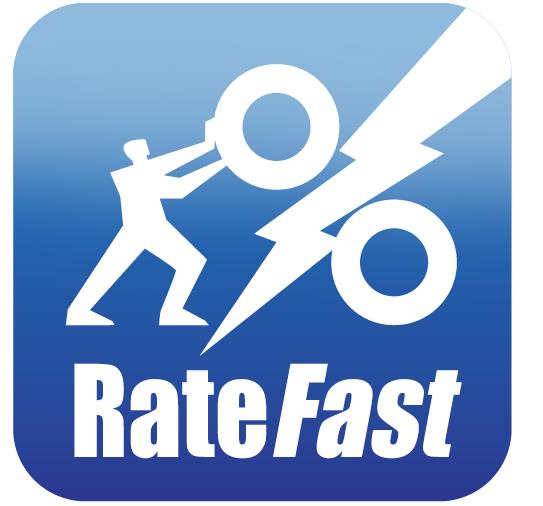There’s a lot of confusion and misconception about the terms of use of “work tolerance”, “work capacity” and “work restrictions”. When we read impairment reports “work restrictions” tend to be the term utilized most frequently. Actually, the exact opposite is true.
We’re here to help set the record straight on definitions.
A Physician’s Guide to Return to Work (Talmage et al., 2005. A Physician’s Guide to Return to Work. AMA Press) offers useful definitions for these terms to better describe and communicate these concepts.
Work tolerance is the most common of all work limitations encountered. Tolerance simply means the patient’s symptoms preclude them from participating in certain activities. For example, the employee may have a normal MRI of the shoulder, a normal range of shoulder motion on exam, yet pain symptoms preclude work at or above shoulder level height.
Work capacity is the second most common of all work limitations encountered. Work capacity refers to a well defined underling medical condition which precludes the patient from performing an activity. In this example a patient with shoulder adhesive capsulitis may demonstrate specific findings on MRI and the condition may also be verified on physical exam testing. For example, the patient may have mechanical limitation preventing motion of the shoulder above 90 degrees. In this situation patient has a medical capacity which limits working at or above shoulder level height.
Work restrictions are the least common of all work limitations encountered. Work restrictions are activities the patient can do, but should not perform because of the risk of significant injury or loss of life. For example, the patient who has a seizure disorder may have a restriction precluding the driving of a car, because of the possibility of losing control of the vehicle.
We understand that the term “work restriction” has become a cultural term used in many administrative forms, however, inappropriate usage causes unnecessary confusion and delay. Begin using the correct terminology for tolerance, capacity and restriction to more effective communication in reports and correspondence. Your reward will be faster and more accurate results.



